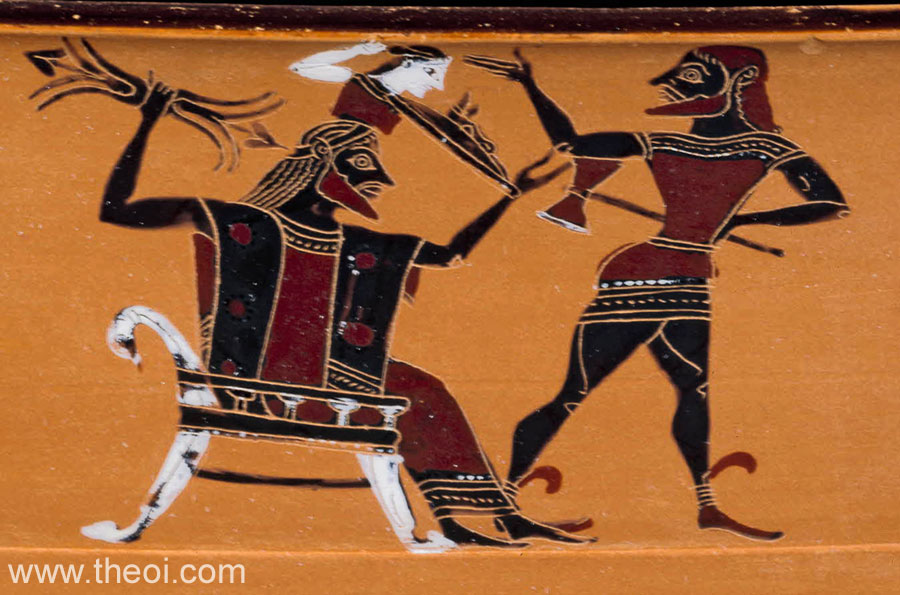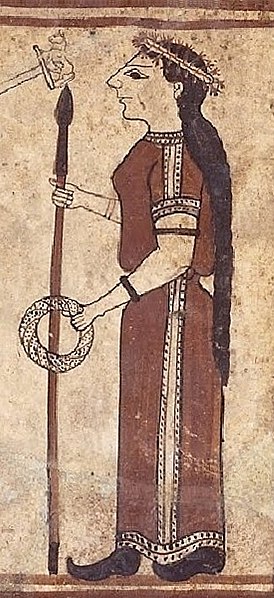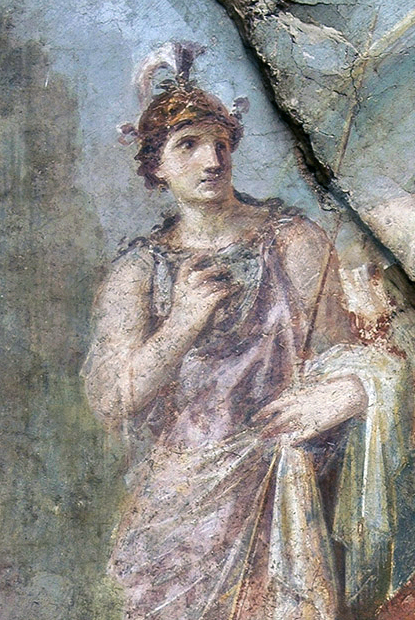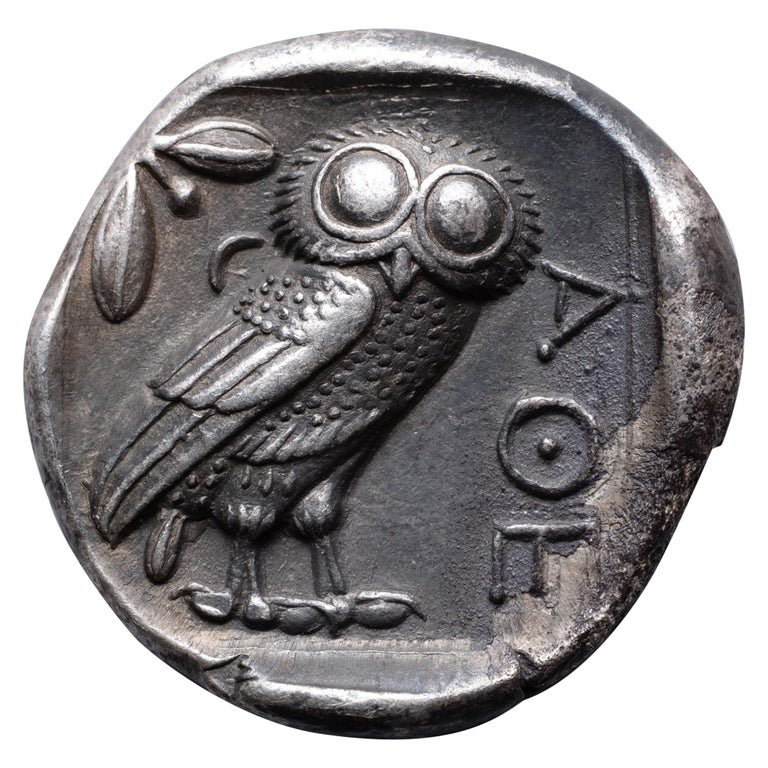Information

Pallas the Coatlet
Athene Glaukopis
Legacy Name: Ethanual
The
Owner:
Age: 9 years, 6 months, 4 weeks
Born: October 21st, 2014
Adopted: 8 years, 9 months, 2 weeks ago
Adopted: August 1st, 2015
This pet has been nominated for the Pet Spotlight!
Statistics
- Level: 144
- Strength: 223
- Defense: 47
- Speed: 32
- Health: 38
- HP: 30/38
- Intelligence: 315
- Books Read: 306
- Food Eaten: 0
- Job: Glitter Master

Athena
The Hellenic goddess Athena, known also as Athene, Athenaie, and Athenaia, is known for being a goddess associated with wisdom, weaving and war. Athene Glaukopis is a pet dedicated to this most wonderful goddess, who is still worshipped by some modern pagans such as I.
Domains OverviewWisdom, Good Counsel, Intellect and Invention Weaving, ‘Women’s crafts,’ Pottery, Crafts Strategic Warfare, The Skills of War Heroic Endeavors and a Patron of Heroes Law, Justice, Institution of Civilization City Protection |  | Symbols and AnimalsThe Aegis Spear Corinthian Helmet Spindle Owls Snakes Olives Horses |
Athena Ergane
Athena Ergane, 'The worker,' is the patron of crafts, in a way similar to Hephaistos, but his work was more as a smith, working with metals. In fact the two shared a festival, the Khalkeia, in which Athena was also known as 'Athena Hephaistia.' While this was an Athenian festival of handicrafts, Athena was the focus and received all the gifts. The main focus was the ritual of creating the sacred peplos which would in nine months be offered to the goddess and placed upon her wooden cult image at her main festival, the Panathenaea. (Cult image here meaning "a human-made object that is venerated or worshipped for the deity, spirit or daemon that it embodies or represents.")
The Panathenaea
This festival of Athena's spanned multiple days, always ending on 28 Hekatombaion, the first month of the Attic calendar. Every four years there would be a 'Greater Panathenaea' which would not only last longer but included competitions in music, poetry, athletics and equestrian events such as chariot and horse races. One of the prizes that one could win was a Panathenaic prize amphora which was filled with sacred olive oil.
Athena Polymetis
'Wise in Many Ways'
Metis, and the birth of the Goddess of Wisdom
’Wisdom’ is often translated from the ancient Greek word metis. In myth, Metis was the personification of this quality, which can be understood as cleverness, cunning, wisdom, skill, and craft. Metis is the use of one’s intellect and quick thinking to overcome obstacles, to strategize, to make plans and come up with new ideas to solve problems. The quality of metis was highly valued at least in ancient Athens. It is a very trickster quality, though Athena herself is not generally presented as such.
Metis was also the first wife of Zeus. When Metis was pregnant by him, he was given a prophecy that she would give birth to a daughter that would be, according to Hesiod, “equal to her father in strength and in wise understanding” and after her, “a son of overbearing spirit, king of gods and men.” Until this point the divine succession involved a son overthrowing the father - Zeus had overthrown Kronos and Kronos had overthrown Ourranos - and so Zeus, fearful of this cycle continuing, swallowed Metis.
Later, Zeus got a terrible headache, and either Prometheus or Hephaistos split his head open with an axe. Out leapt a fully-grown and armored Athena, shaking her spear with a war cry, and all the gods were in awe. Homeric hymn 28 to Athena describes how the heavens, earth and sea all shook, and even the sun stopped in the sky ‘for a long while’ until Athena took off her armor. Quite the dramatic birth! 
Inventor
According to myth, Athena invented the flute to “weave in music's rich refrain the ghoulish dirge of the fierce-hearted Gorgones” after Perseus slayed the gorgon Medousa. However, after seeing that playing the flute made her face “misshapen,” she threw it away. Athena was also credited for inventing the plow, rake, yoke, and bridle, the chariot, the earthenware pot, and the trumpet. She also designed the first ship.
An element of Athena’s character is that of ‘taming’ natural forces for human use. She ‘tames’ the wild olive tree for humans to make olive oil, ‘tames’ horses with the bridle, the sea with the ship, the earth with the plow. She uses her cleverness to invent and is certainly something of a scientist and engineer and a patron of human ingenuity.
Other Epithets
- Athena Mechanitis - “Skilled in Inventing”
- Athena Chalinitis - “Tamer of Horses by means of the bridle”

Athena Promakhos
'The Champion'
Goddess of War

Athena and Ares were both deities associated with war. Ares personified the violence, chaos and bloodlust of war while Athena’s domain was as a ‘taming’ of war (as mentioned in ‘Wisdom’); she was all about the ‘war dance,’ the strategy of war and one’s skill in battle. She was also very much a protection goddess, keeping safe the towns and cities but also the soldiers as they went off to war and returned. Ares may love war for the sake of war, but Athena supports war only when it is to gain a particular favorable outcome. A good example of Athena’s clever inspiration in war is the story of the Trojan Horse It was Athena who inspired Odysseus to build the great wooden horse in order to ambush the Trojans. She also took a vital role in the Iliad, aiding in particular the Heroes Diomedes and Achilles. She represents the martial ideal: battle prowess, the ability to inspire allies, glory in battle, and victory.
Athena is known to drive a chariot and is often represented with the personification of Victory, Nike, in hand or with her.
The Aegis
The Aegis was Athena's magical breastplate or shield which was given to her by her father Zeus, and inspired abject terror in all who beheld it. It was furnished with "a hundred tassels of pure gold" and the Gorgoneion (the Gorgon Medusa's head, a magical symbol of protection). In the Iliad it is described as producing "a sound as from myriad roaring dragons."
Other Epithets
- Athena Areia - “Warlike”
- Athena Nike - “Victory”
- Athena Alalkomene - “Defender”
- Athena Alea - “Protectress”
- Athena Polias - “Of the City”
Athena Parthenos
'The Virgin'
It is well known that Athena is one of the virgin goddesses, ‘virgin’ to the ancient Greeks meaning a young unmarried lady, similar to how we understand the word ‘maiden.’ But in the case of Athena and two other goddesses, it’s more than just being unmarried.
In the Homeric Hymn 5 to Aphrodite it is revealed that there are “three hearts that she (Aphrodite) cannot bend nor yet ensnare,” this being Athena, Artemis and Hestia. It’s as close an acknowledgement to arospec and acespec sexualities as we are likely to get from this time period, and Athena has become something of an aro/ace icon in modern times.
It is interesting to note also that Athena occupies an interesting space in terms of gender also. It starts with her very birth, where gender roles went a bit awry as Zeus was the one to give birth to her. In a culture with strongly defined roles for men and women that rarely, if ever, overlapped, where women in the city were rarely allowed to do things outside of the home, she is a bit of a contradiction, an anomaly.
She occupies a woman’s role of course, as a patron of women’s crafts such as weaving and supporting her father as a good daughter ought to do, but also that of a man. Her association with intellect, war, personification of the martial ideal, and her rule over the polis, the city, puts her in a place of importance for Greek men and is given respect that human women did not. She blurs the lines between the worlds of man and woman, the masculine ideal and the feminine ideal. Athena’s encompassing of both genders could also reasonably make her a genderqueer icon for many people also. 
"Yet there are three hearts that she cannot bend nor yet ensnare.
First is the daughter of Zeus who holds the aegis, bright-eyed Athene; for she has no pleasure in the deeds of golden Aphrodite, but delights in wars and in the work of Ares, in strifes and battles and in preparing famous crafts. She first taught earthly craftsmen to make chariots of war and cars variously wrought with bronze, and she, too, teaches tender maidens in the house and puts knowledge of goodly arts in each one's mind.
Nor does laughter-loving Aphrodite ever tame in love Artemis, the huntress with shafts of gold; for she loves archery and the slaying of wild beasts in the mountains, the lyre also and dancing and thrilling cries and shady woods and the cities of upright men. Nor yet does the pure maiden Hestia love Aphrodite's works . . . Of these three Aphrodite cannot bend or ensnare the hearts."
-Homeric Hymn 5 to Aphrodite
Athena and Minerva
The Roman religion was heavily influenced by the Greeks, who had colonies in Italy, but also by the Etruscans (also influenced by Greek art), a civilization which dominated Italy until it fell to Rome’s expansion, which started in the late 4th century BCE. Naturally, cultures so close to each other would have many similarities, but that does not mean that one has ‘copied’ the other as popular belief may have it, this blending of religion, culture, and even language is called syncretism and it happens all the time, to all religions.
Etruscan Menrva

Minerva’s likely origins are as the chthonic (associated with the earth and underworld) Etruscan goddess, Menrva (Or Menrfa), who was the daughter of the king and queen of the Etruscan gods. They were the main three lightning-wielding gods of the pantheon, which the Romans inherited as the Capitoline Triad (Jupiter, Juno and Minerva were worshiped as a ‘Big Three’ and protectors of Rome).
Menrva was associated with crafts, artisans and trade guilds, but like Athena was depicted in a long chiton and helmet, carrying a spear and shield. Do note: It was common for images of deities to be borrowed from Greek culture, but their personalities and natures were still specific to the culture. A major difference is that, like other Etruscan deities, Menrva was often depicted with wings. Menrva was also not a virgin goddess, but the mother of Maris (either a god or triplicity of gods) with Heracle.
Minerva’s Roles
Minerva was primarily a goddess of wisdom but also the patron goddess of crafting, weaving, arts, poetry, commerce and law. She also became a goddess of medicine and physicians as Minerva Medica. It was only later on that she became specifically associated with war through being equated with the Greek Athena, and war was already under the domain of the god Mars and other deities such as Bellona and Nerio.
The worship of Minerva as a war goddess became very popular in the Republican Era, and by the time of the late Republic, she began to eclipse Mars as a deity of war. The festival that signaled the beginning of the campaign season for the army, the Quinquatrus Festival, was associated with Mars only in early Roman history but later became devoted to Minerva instead. The festival also evolved to include literary competitions to reflect Minerva’s association with the arts.
It’s no wonder that the poet Ovid referred to her as the ‘goddess of a thousand works!’ 
Minerva’s Myths
It is extremely common to find myths using Greek or Roman names of deities interchangeably, but some versions of myths are Roman in origin, not Greek, such as the following:
Minerva and Arachne
In this story, a skilled weaver named Arachne boasts that her skill is even greater than that of the goddess Minerva, and refuses to give the goddess credit for her god-given skill (which shows a blasphemous hubris, a very big no-no in Greek and Roman culture). Minerva comes disguised as an old woman and chastises her, giving her a chance to correct her behavior. Arachne becomes enraged, refuses, insults the old woman, and demands that the goddess herself come to compete with her. Minerva takes off her disguise, and they have a weaving competition. Arachne weaves a flawless tapestry that shows the shortcomings of the gods and wins the competition, and Minerva hits her on the head in rage. In her shame, Arachne hangs herself, but Minerva takes pity on her and lets her live, but transforms her into a spider.
Minerva and Medusa
The Greek Medusa was one of three gorgon sisters, and was always a monster. But in Ovid’s Roman version, she was a priestess who was unjustly cursed by Minerva.
In Modern Paganism
Athena is still worshiped by some modern pagans, usually mostly in her wisdom, craft and justice aspects. When considering our modern age, it can be argued that Athena's domain would include sciences, engineering, and IT and computing. While some consider Minerva and Athena to be the same and thus interchangeable (soft polytheism), some polytheists see them as separate entities (hard polytheism).
Associations
Colors: Blue, Gold, Green, Red
Tarot Cards: Strength, Justice, Queen of Swords, The Magician
Offerings
Mineral Offerings can be: Fluorite, lapis lazuli, aventurine, citrine, red jasper, kyanite, sodalite, tiger's eye, black onyx, smokey quartz, obsidian and iolite.
Herbal/Plant Offerings can be: Olive, orange, rosemary, thyme, basil, yarrow, pine, oregano, ivy, cedar and pine.
Food and Drink Offerings can be: Honey or honey cakes, Bread, Olives or olive oil, Milk, Wine (diluted), Fruit, Chocolates, Cheese, Red tea, Coffee, Cookies
Incense/Candles: Dragon’s Blood, Musk, Myrrh, Cinnamon and Cedarwood, Cinnamon, Pine, Oakmoss & Amber, Blood Orange, French Vanilla, and Apple & Cinnamon
Other Offerings can be: A candle, Books, Things you have crafted, Poems, Hymns, Art, Shed snake skin, A dedicated mood/Pinterest board, A dedicated playlist
Devotional acts:
- Cultivating intellect - research, studying, reading non-fiction, watching documentaries. Learning or practicing a skill.
- Utilizing intellect - Strategy games. Coding. Planning of any kind, especially business-related. Being inventive.
- Weaving, knitting, crochet or other textile crafts.
- Exercise. Learning self-defense, a martial art or some kind of 'combat' skill.
- Civilization-building games (such as the Civilization series).
- Activism and supporting just causes.
- Learning about her or ancient Greek culture and mythology
Credits
Profile code and text by:
Ellyrium
Main Image by:
Christopher Pompey, freelance artist Source
Little Owl Photo:
Pascal De Munck Source
Background Image:
Robyn Valerie Source
Athena's Birth Image:
Attic Black Figure Kylix Source
Athena with aulos:
Apulian red-figured bell-krater Source
Statue of Athena:
From the Academy of Athens Source
Menrva Image:
Etruscan Boccanera Plaque from Cerveteri with Menrva Source
Minerva Image:
Fresco of Minerva from Herculaneum (1st century AD) Source
Fonts:
'Bad Script' and 'Nunito'
Special Thanks To:
Who helped me when I had some profile making trouble!
-
In dedication to the wonderful Pallas Athena, who guides me with great patience.

Pet Treasure

Thyme

Fireside Pine Scented Candle

Battered Books

Seafoam Sensations Yarn

Epic Battle Helmet

Woven Book of Weaving

Sunshine Serenade Yarn

Green Olives

Carelessly Stacked Books

Rainbowlicious Yarn

Greek Textbook

Tumbled Jasper

Tumbled Obsidian

Tumbled Citrine

Skeletal Warrior Replica Shield

Cinnamon Incense

Mystical Blue Serpent Scale

Black Olives

Zodiac Snake Spirit

Consecrated Olive Oil

Polished Smoky Quartz Stone